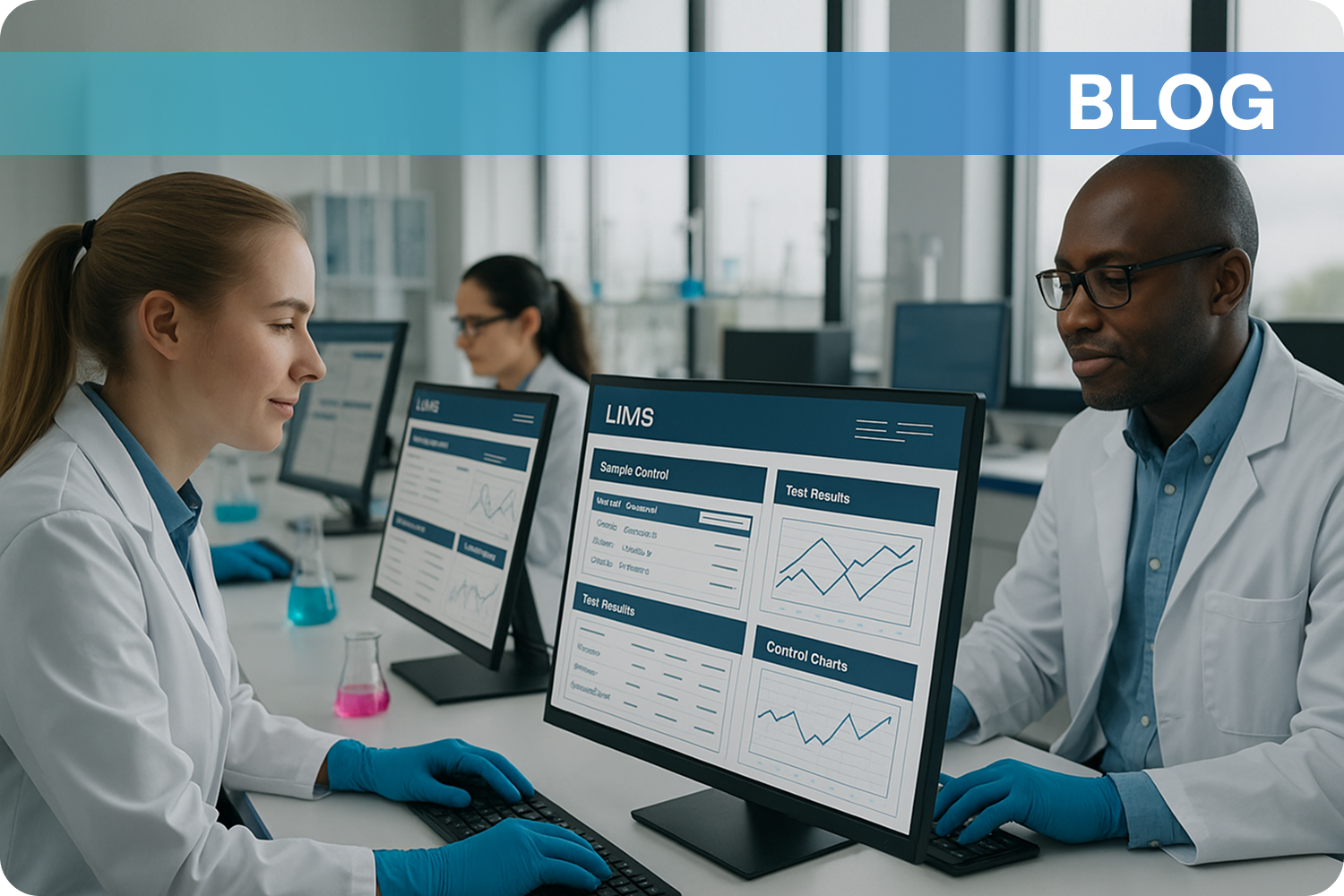Accelerating Additive Manufacturing Time-to-Market with MaterialsZone
Additive Manufacturing (AM) companies are frequently challenged to satisfy new materials/product requirements. Time-to-market velocity dictates their growth potential in an ever-competitive market.


Additive manufacturing customers typically define their product requirements with 2-5 target attributes while each attribute is affected by 20-50 different parameters including ingredient percentages, processing parameters and print configurations.
That is a problem with up to 250 (5x50) dimensions that R&D teams need to solve as quickly as possible. Solving such a highly multi-dimensional problem without the necessary advanced mathematical and visualization tools could prove very difficult.
Even if you have recorded all previous experimental data, without AI and ML, it is very difficult to make heads or tails from it. Therefore you might typically resort to intuition and trial and error rather than a structured data-driven methodology. This implies very long and expensive quests for the elusive target. Your competition may get there first and get the business.
You need MaterialsZone, the Materials Informatics Platform, to crunch the numbers for you and lead the way.
How does MaterialsZone solve the problem?
Step 1: Load your data onto MaterialsZone’s materials data management platform. From now on, you keep loading all new data (even “failed” experiments) to the platform because attaining good predictive models requires varied and diverse data. MaterialsZone has automated “data harvesting” tools to make this easy and has advanced predictive modeling and parameter analysis tools to leverage the data optimally. The harvesting tools make the necessary calculations and normalize onto the correct materials data model that is AI and ML ready. You now have one platform with all the data and all the insights accessible to all the stakeholders.
Step 2: Define the customer’s requirements in terms of desired attribute value ranges within MaterialsZone. This defines the project’s focus while harnessing the appropriate AI and ML tools. The platform can handle multiple requirements from multiple customers.
Step 3: MaterialsZone helps you find, within your data points, those closest to your target. These will become pivots for the ensuing search.
Step 4: Using advanced mathematical and visualization tools, MaterialsZone helps you pivot from these closest points towards new theoretical points that the predictive model indicates might meet your target. You now experiment with these theoretical new points gathering empirical data and load this back onto MaterialsZone.
You now iterate steps 3 and 4 until one of three outcomes occurs:
- You achieve your target. You converge to the precise ingredient percentages, processing parameters and print configurations that yield the target attributes.
- You find that your data is not varied enough and has gaps. For example, MaterialsZone indicates that increasing the percentage of a certain ingredient would get you closer to your target. However, you find that your data does not include necessary high percentages of that ingredient in any of its data points. Therefore, your data has a gap. You may now add experiments with higher percentages and augment your data. You may also obtain an external data source and curate your data with it.
- You discover that you are lacking the necessary technology to achieve your target. After you have expanded all the necessary data variability the predictive model still indicates that you fall short of your target. Within your existing data elements there is nothing more that you can do according to the predictive modeling tools. That means you are missing a necessary ingredient and/or a necessary processing technique (aka missing technology). As frustrating as that may be, knowing that sooner rather than later saves you time and effort and may point you to a revolutionary “out of the box” breakthrough.
MaterialsZone’s value is not only for R&D
Manufacturing Scaleup follows essentially the same steps and methodology as described above but this time with parameters.
If for any reason you need to substitute an ingredient in any of your products due to a variety of reasons (supply chain, regulatory or demand side considerations), you are now faced with new product development all over again.
Sales, business development and customer success. Your customers may also benefit from the platform as they may want to experiment by themselves for their own purposes. Providing them access to the platform and its data will increase your value in their eyes. This is a powerful sales and business development tool.
If you would like to learn more about MaterialsZone and see if it fits your needs, please set an appointment to see a demo of the product within the context of your circumstances.




